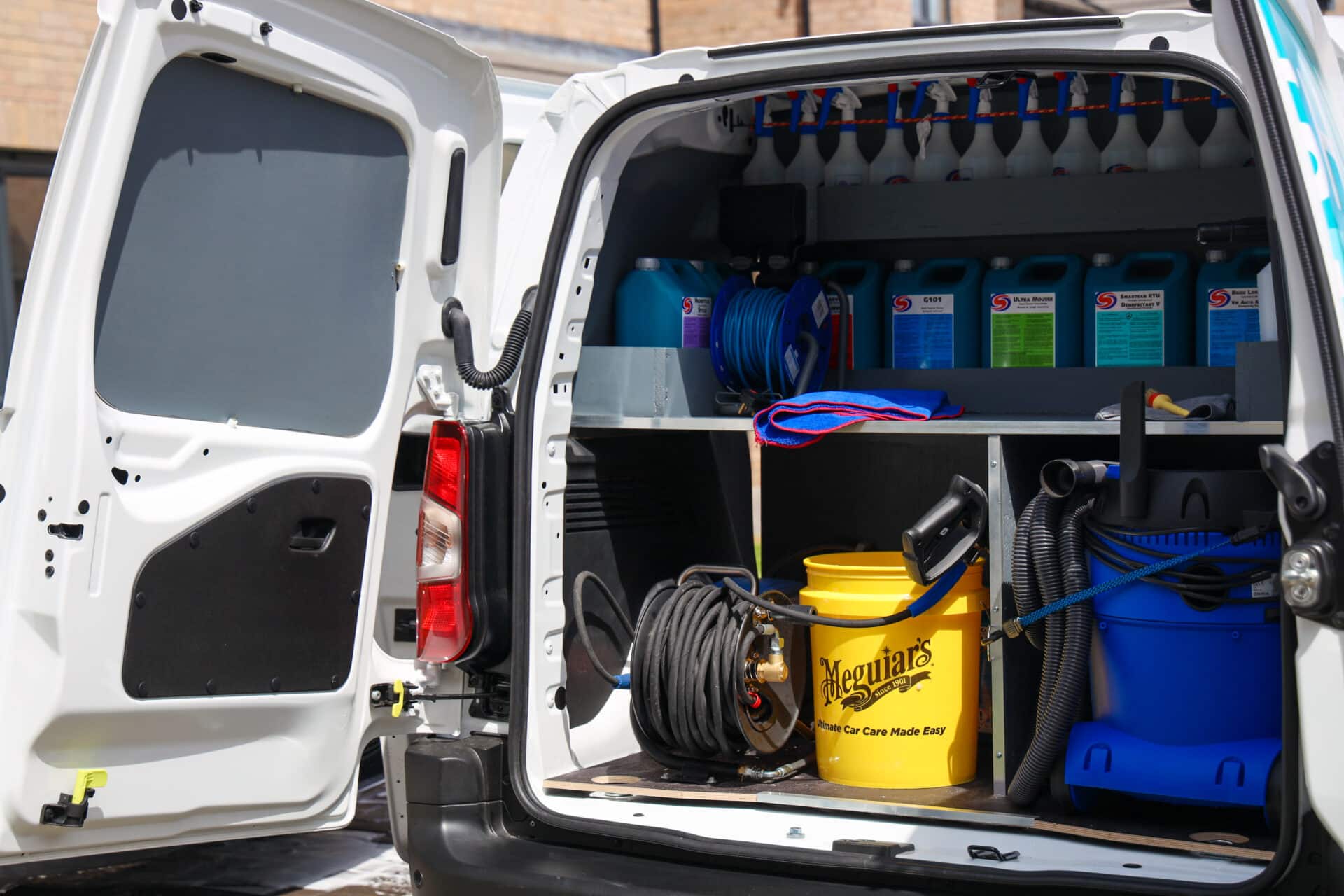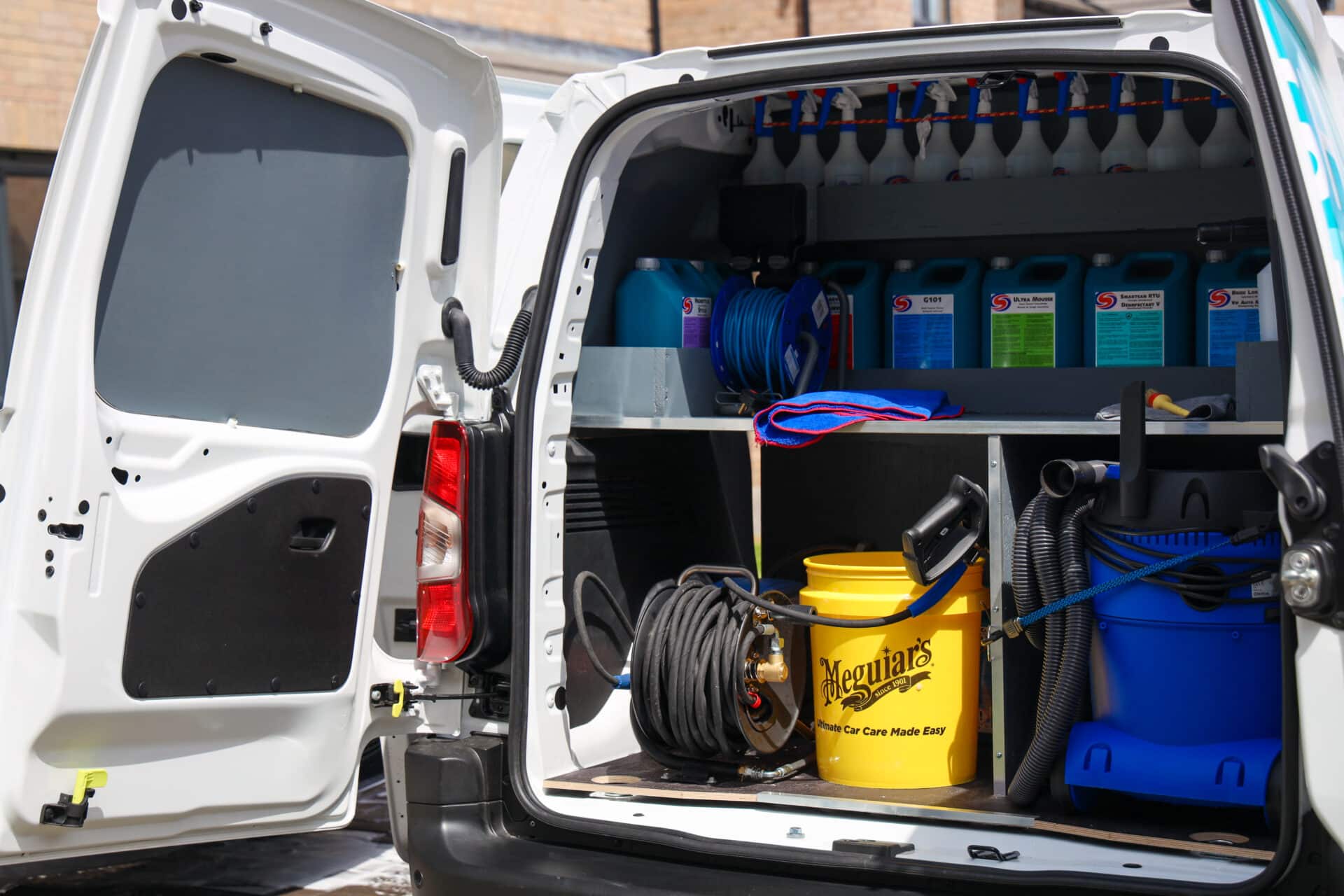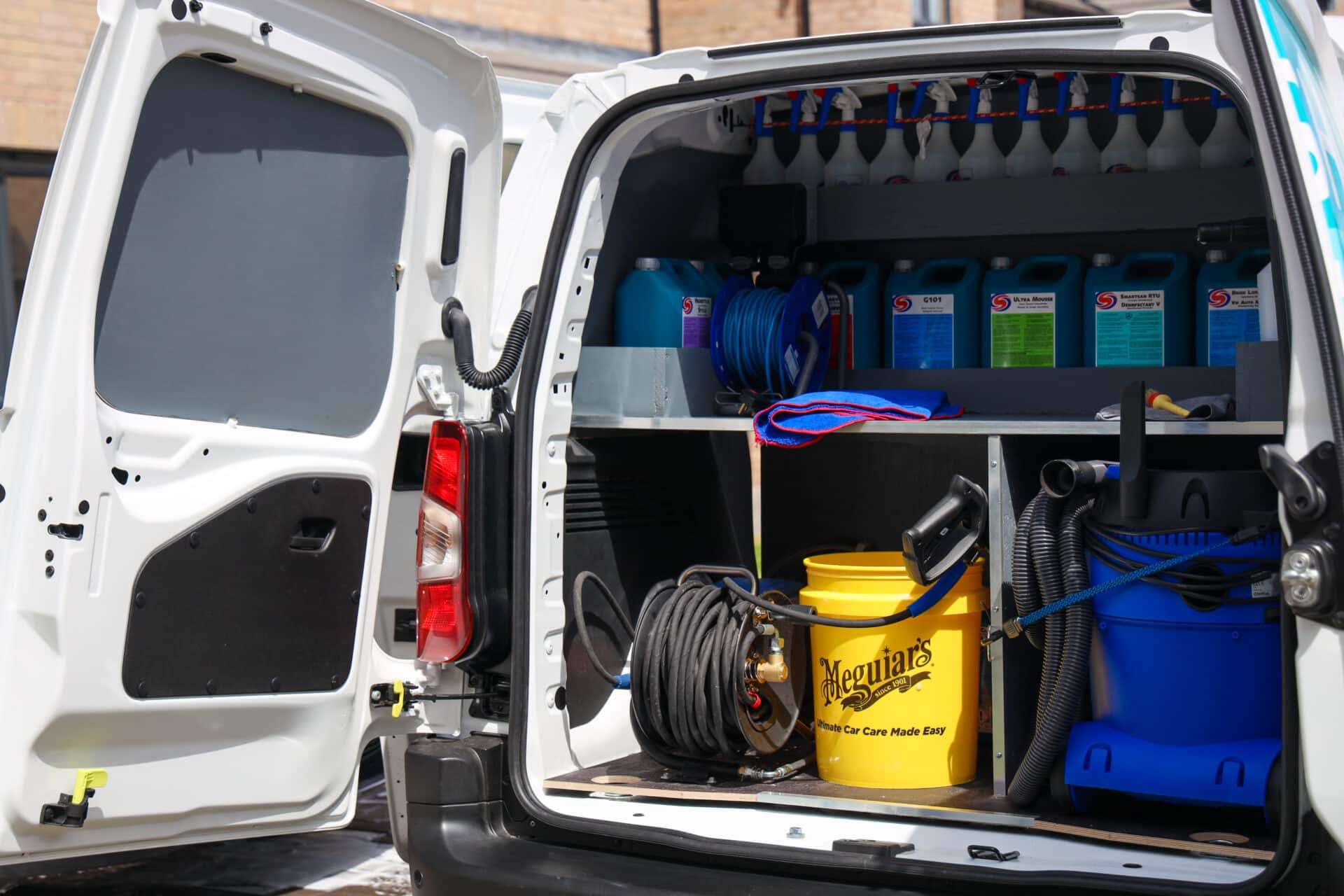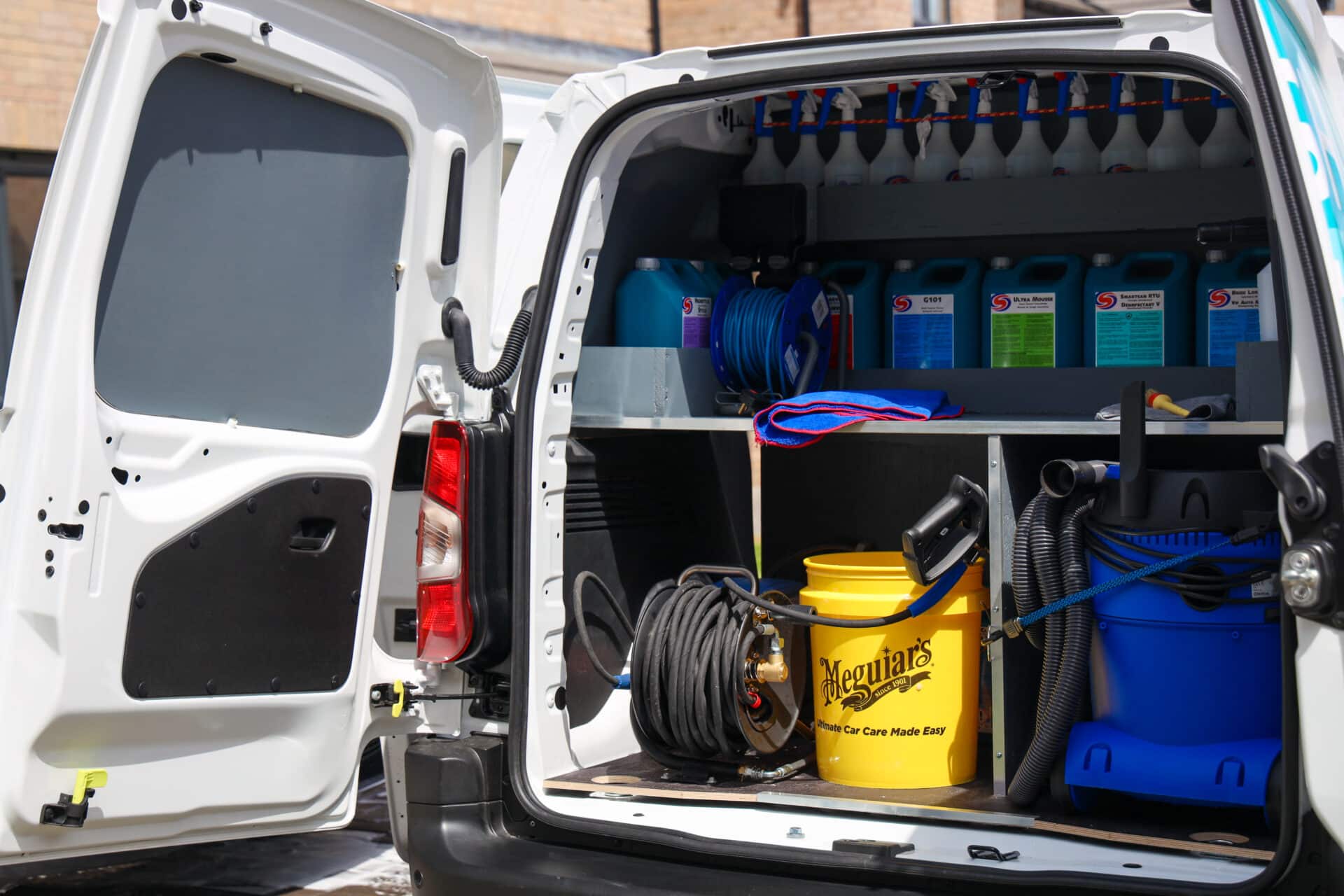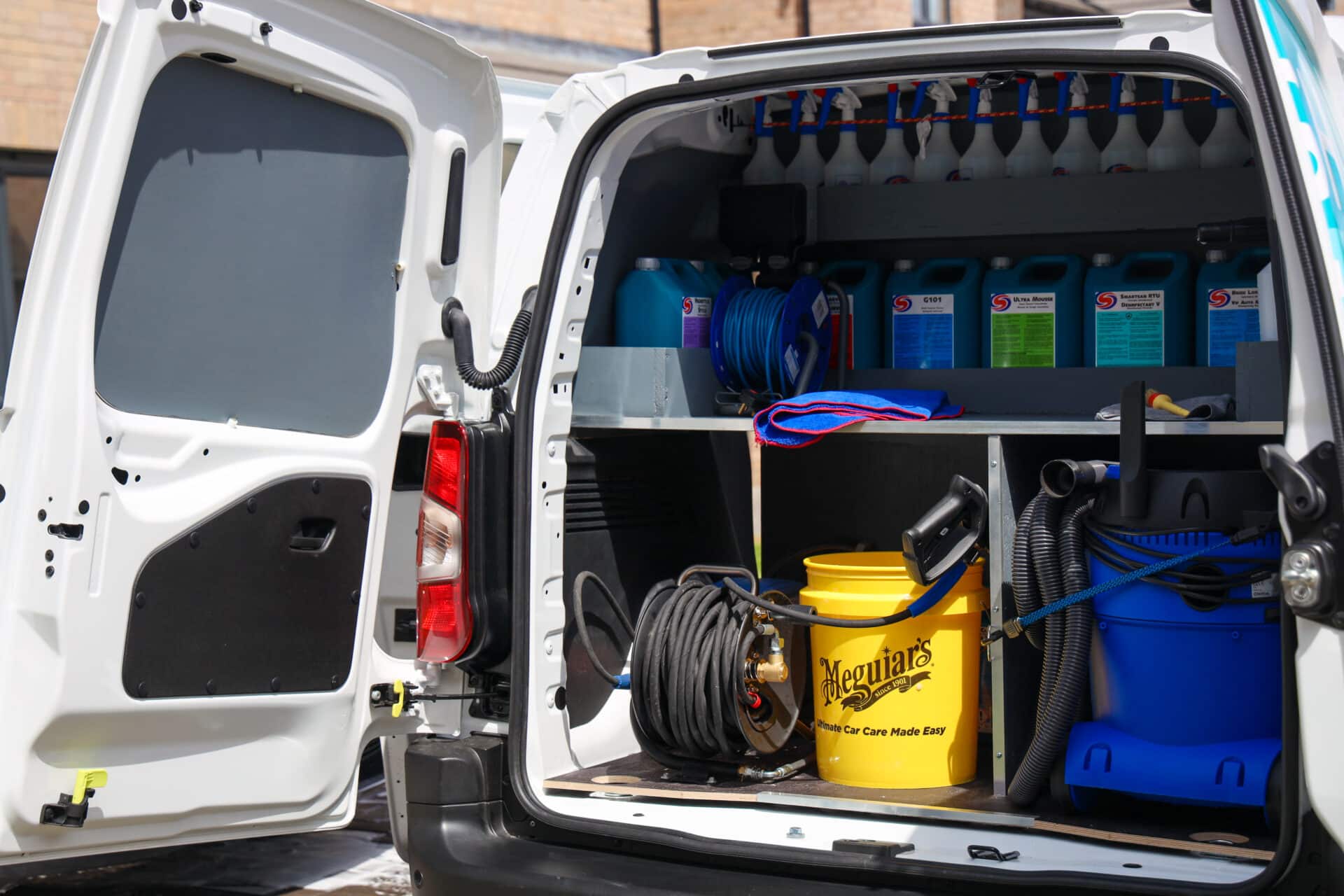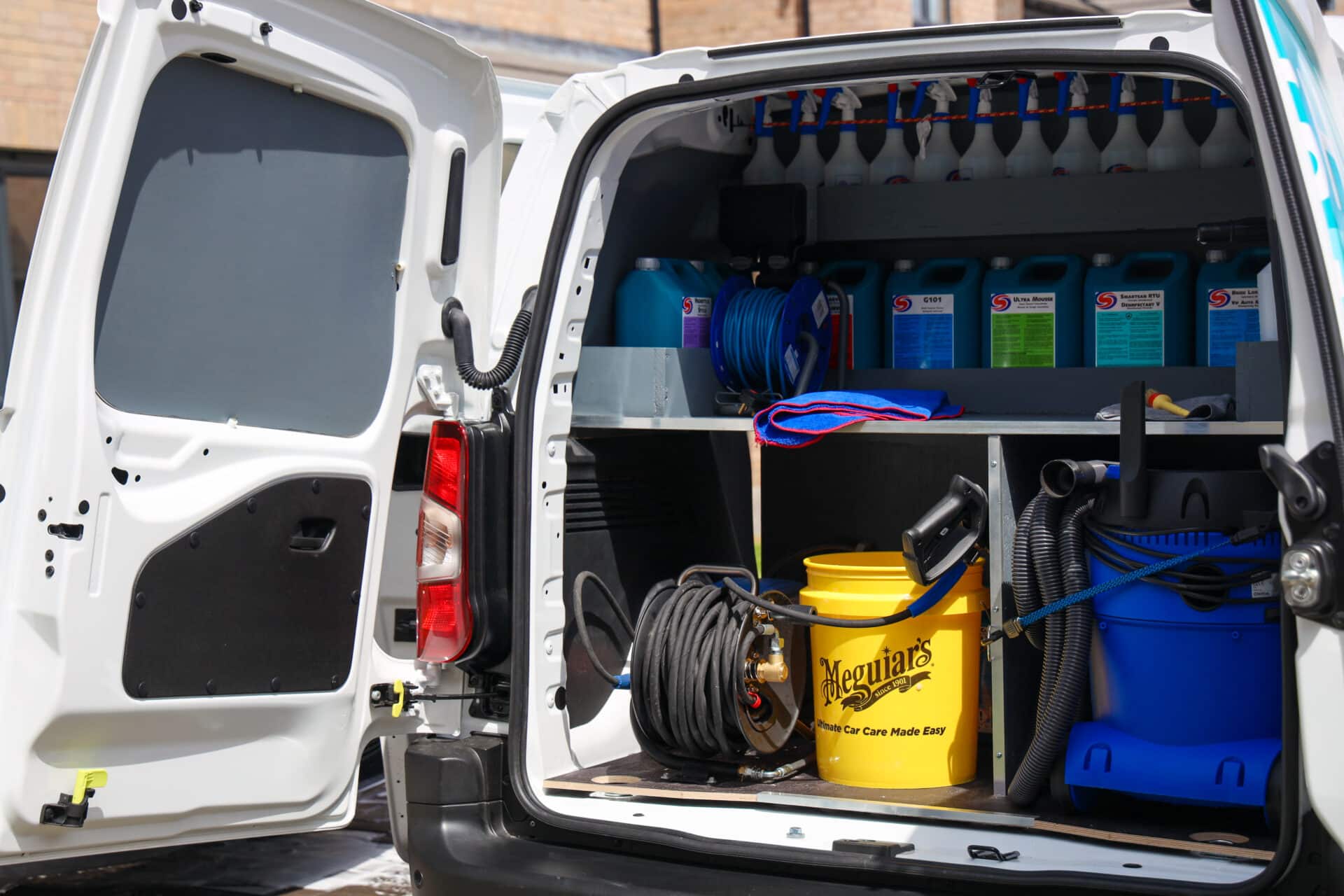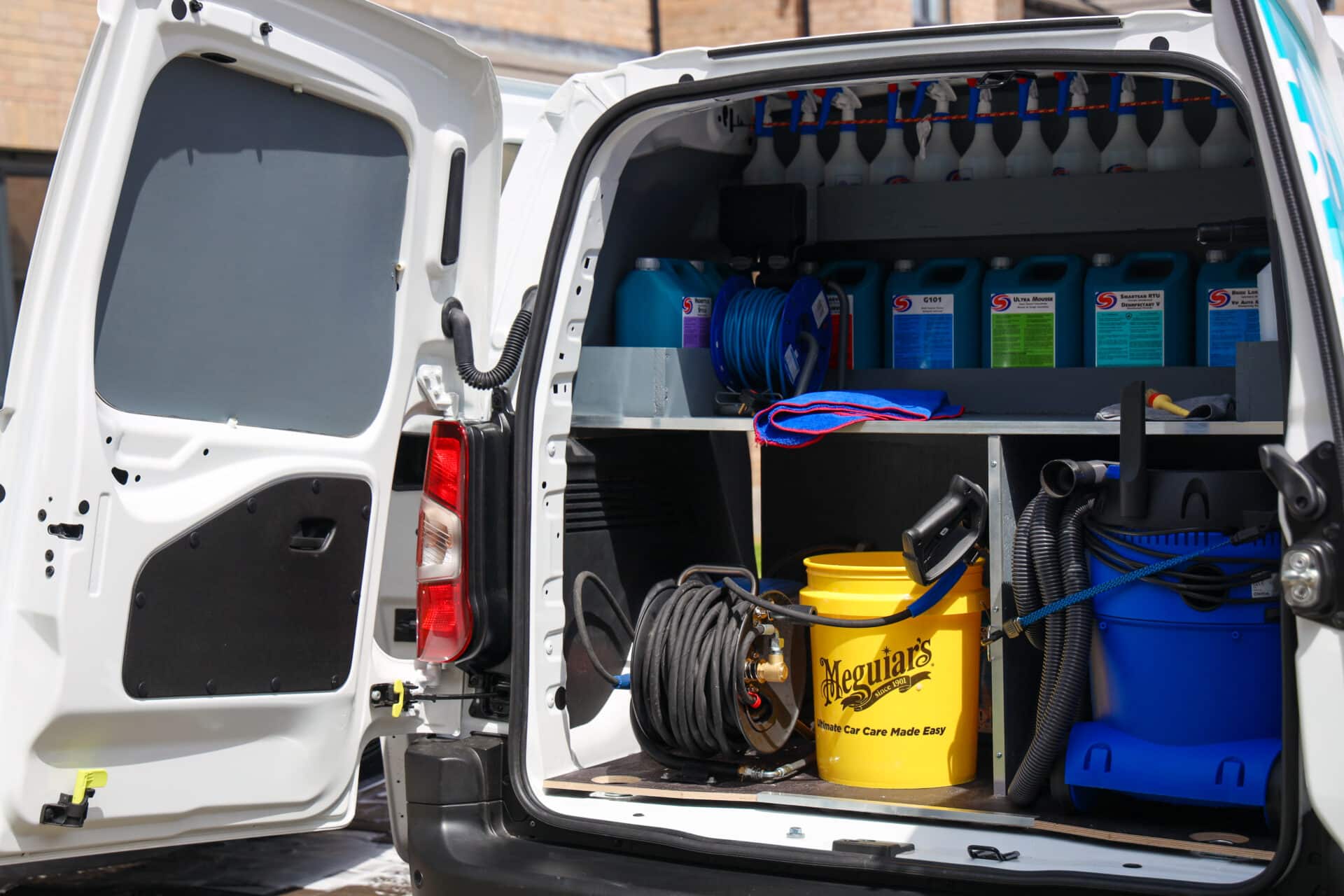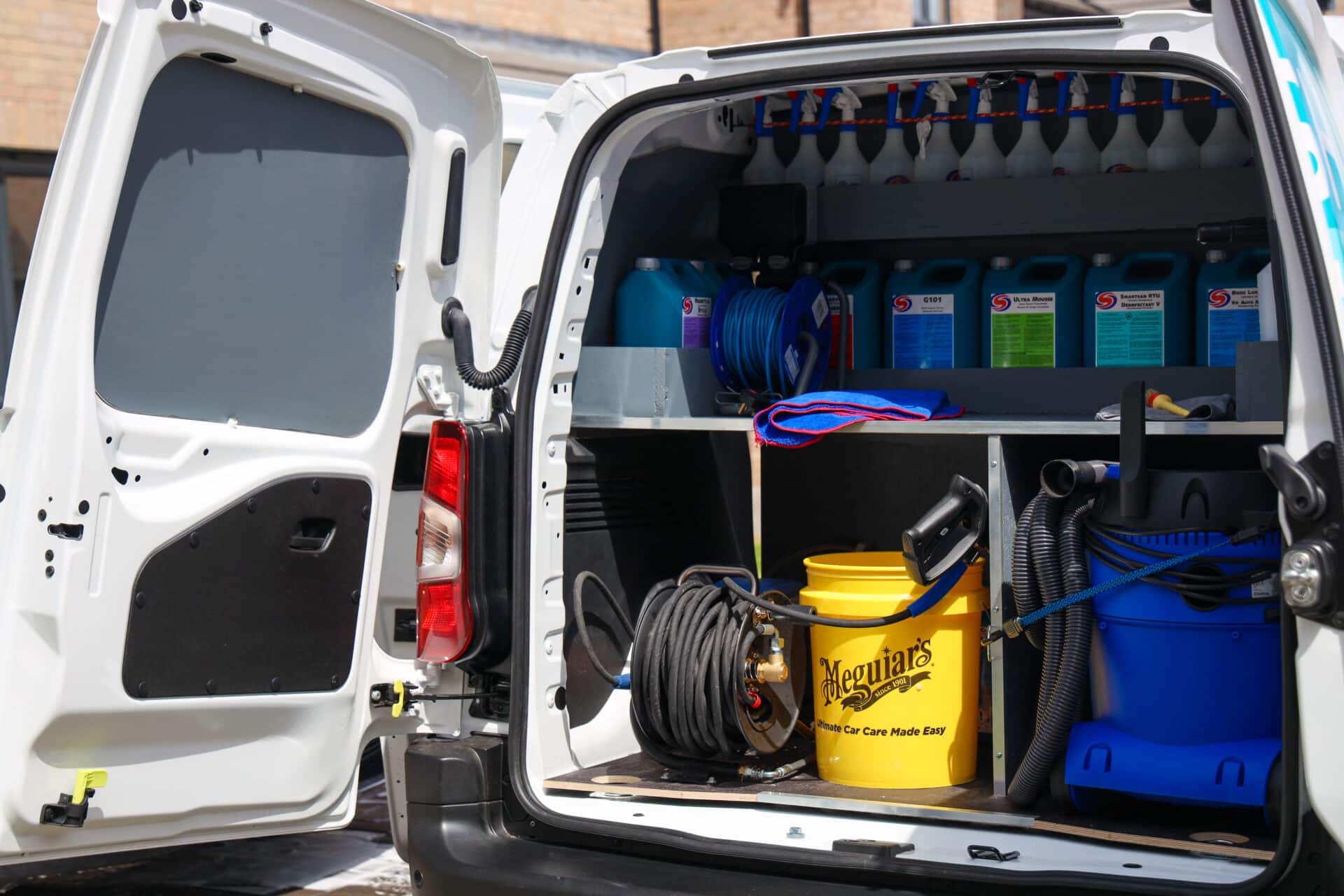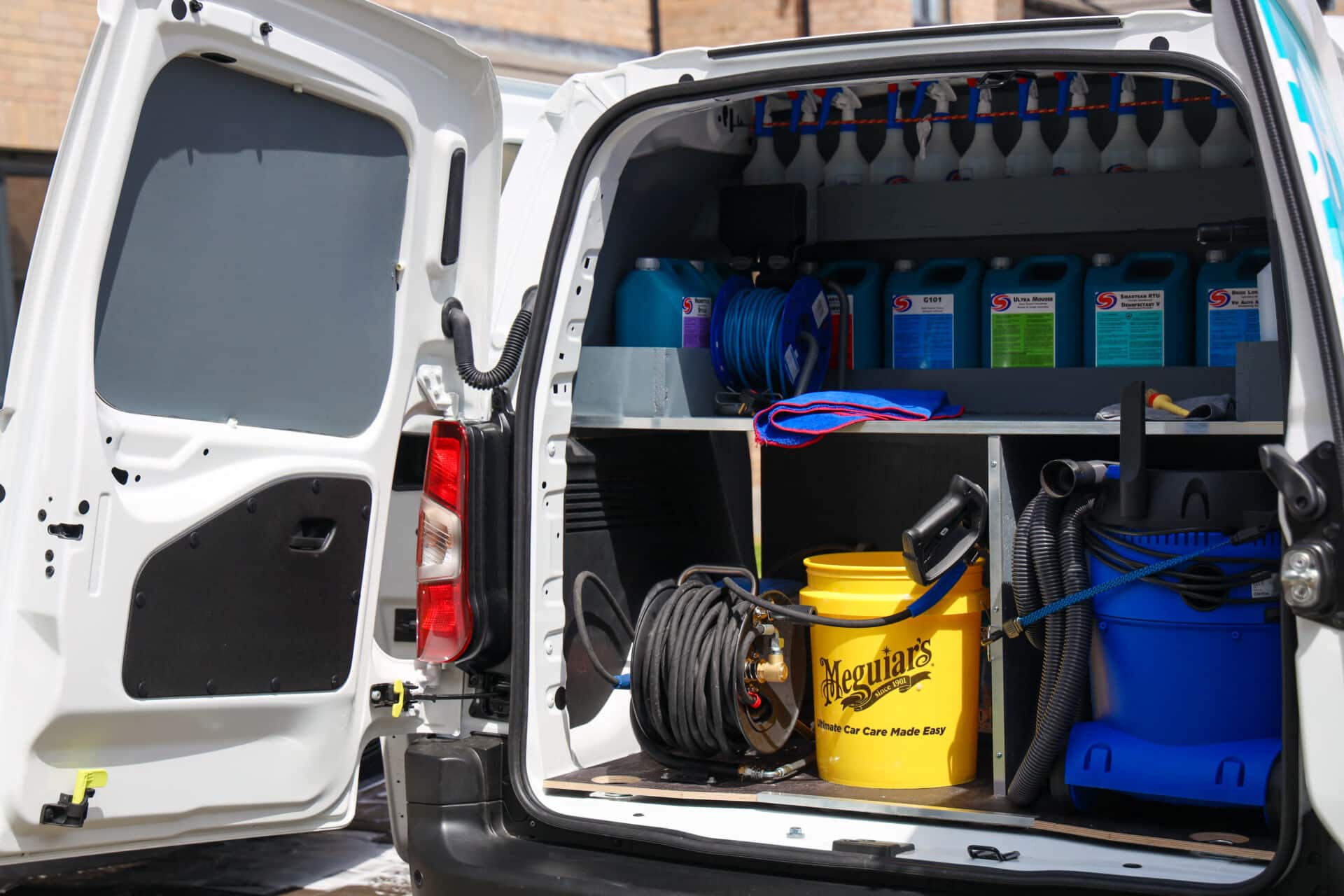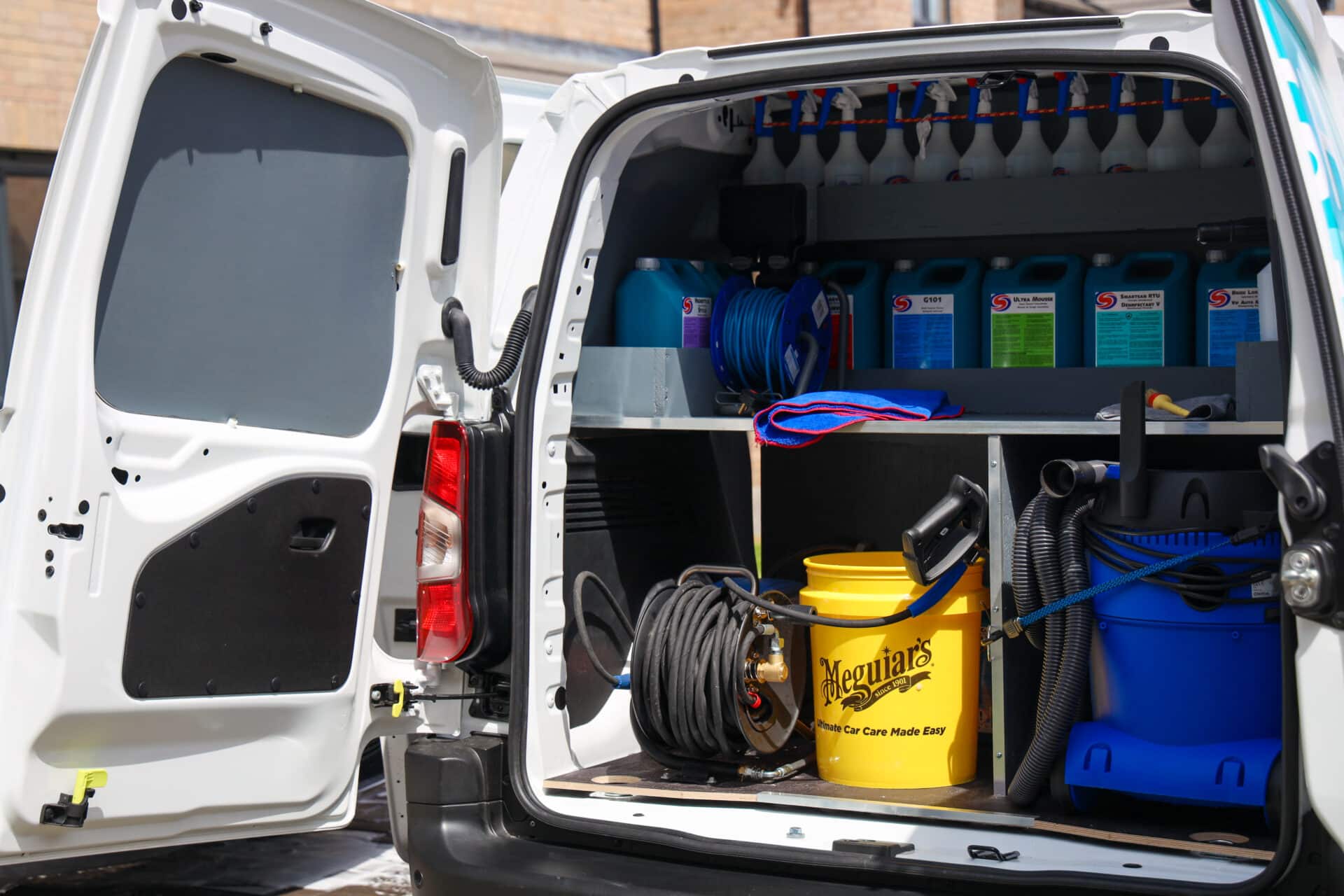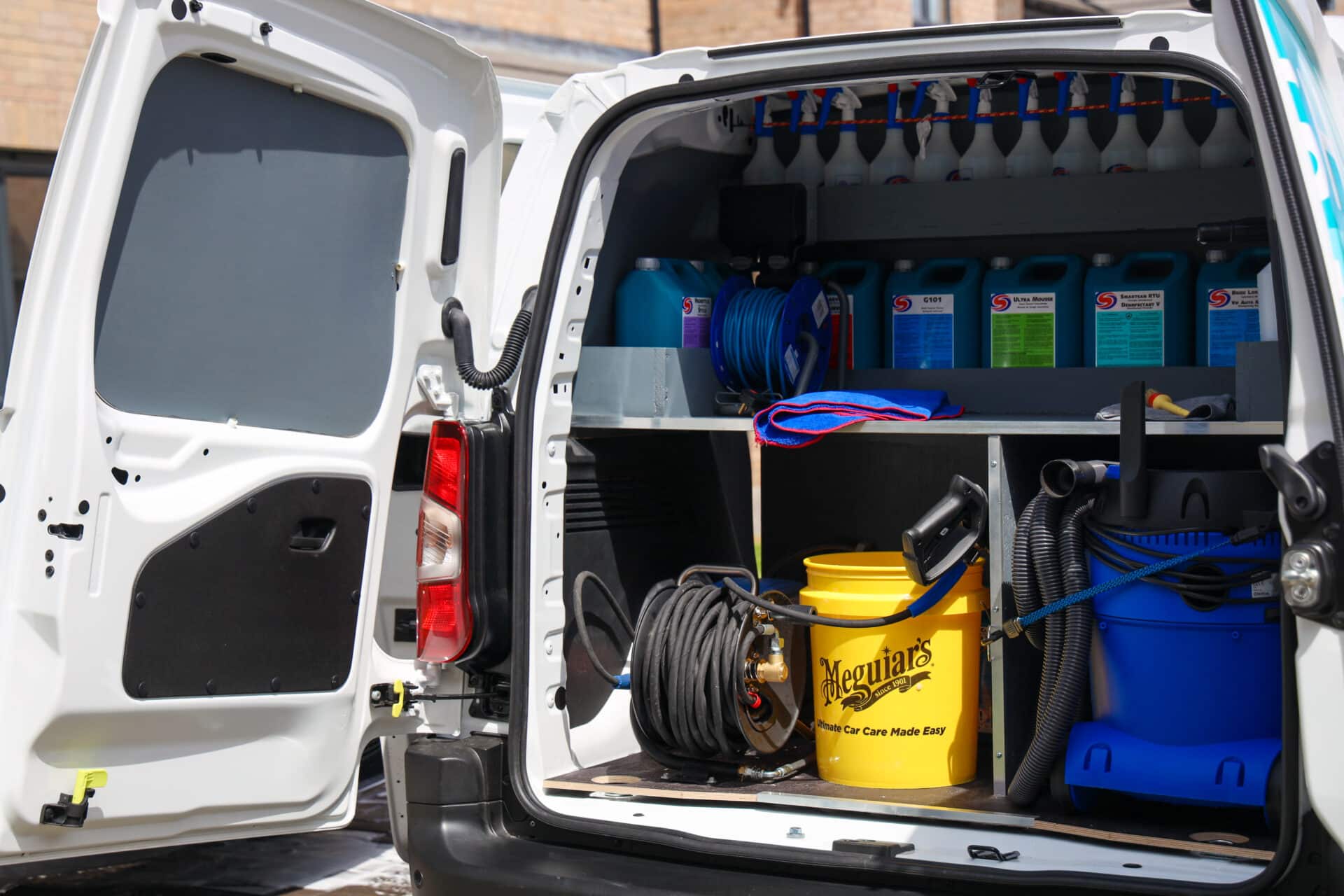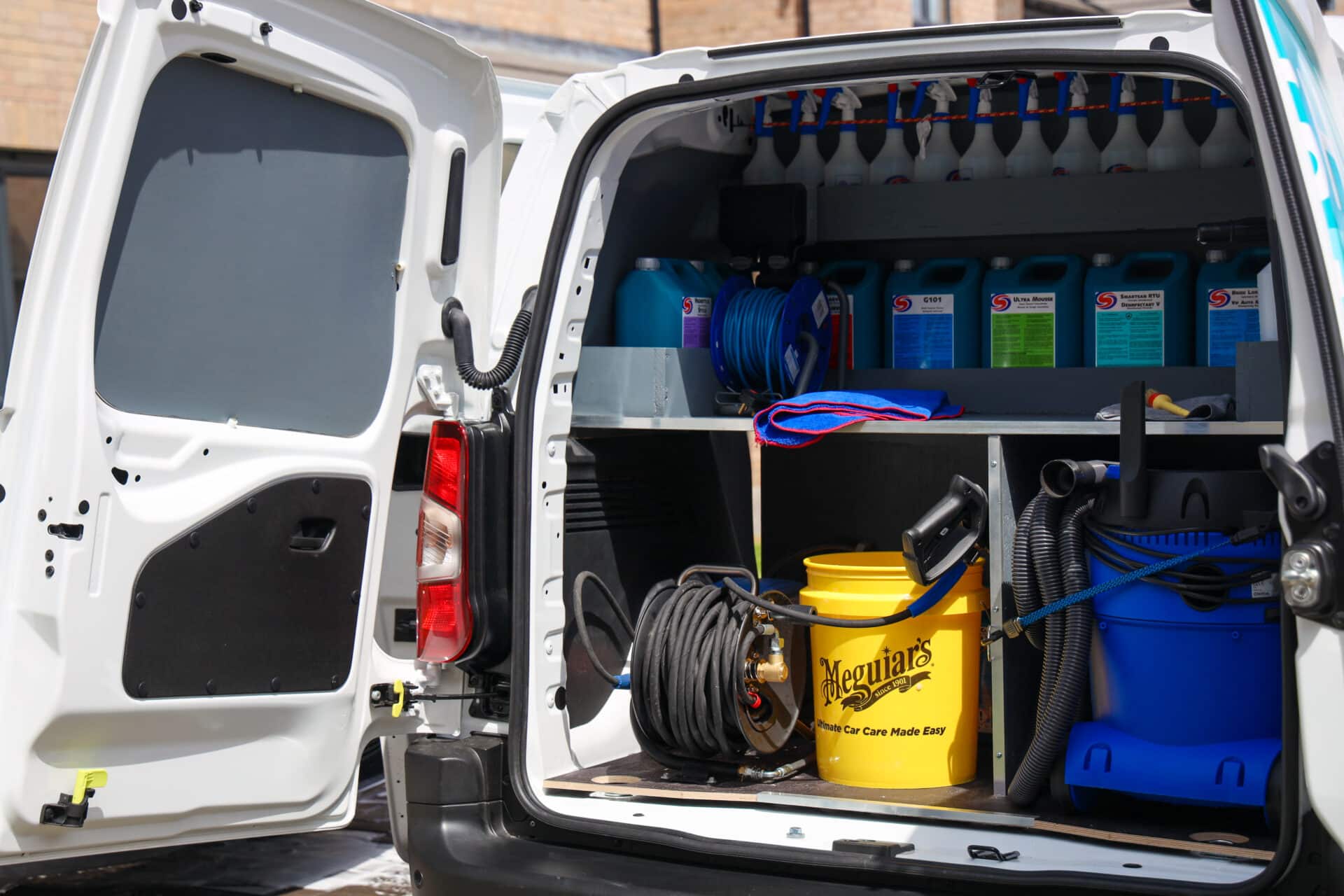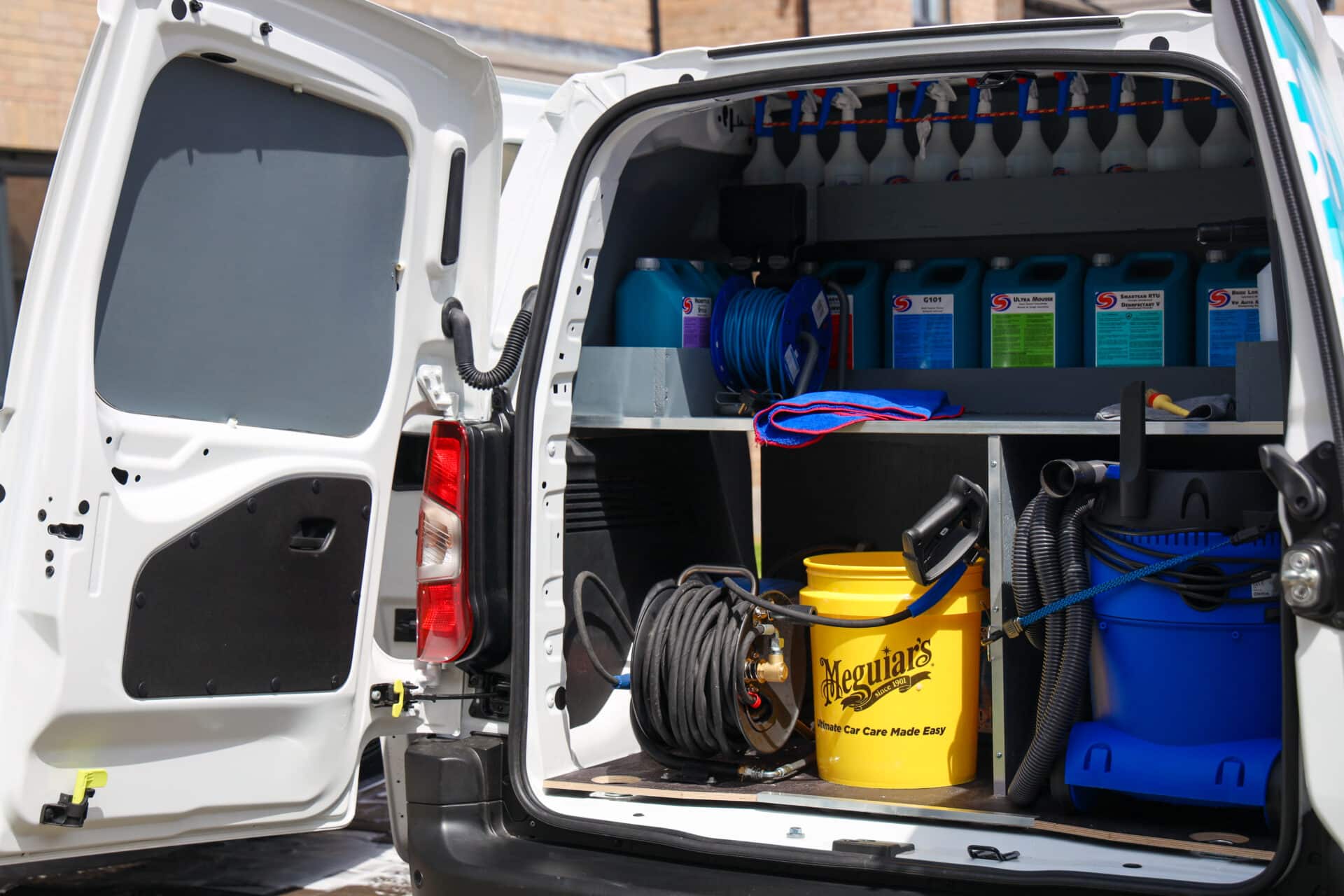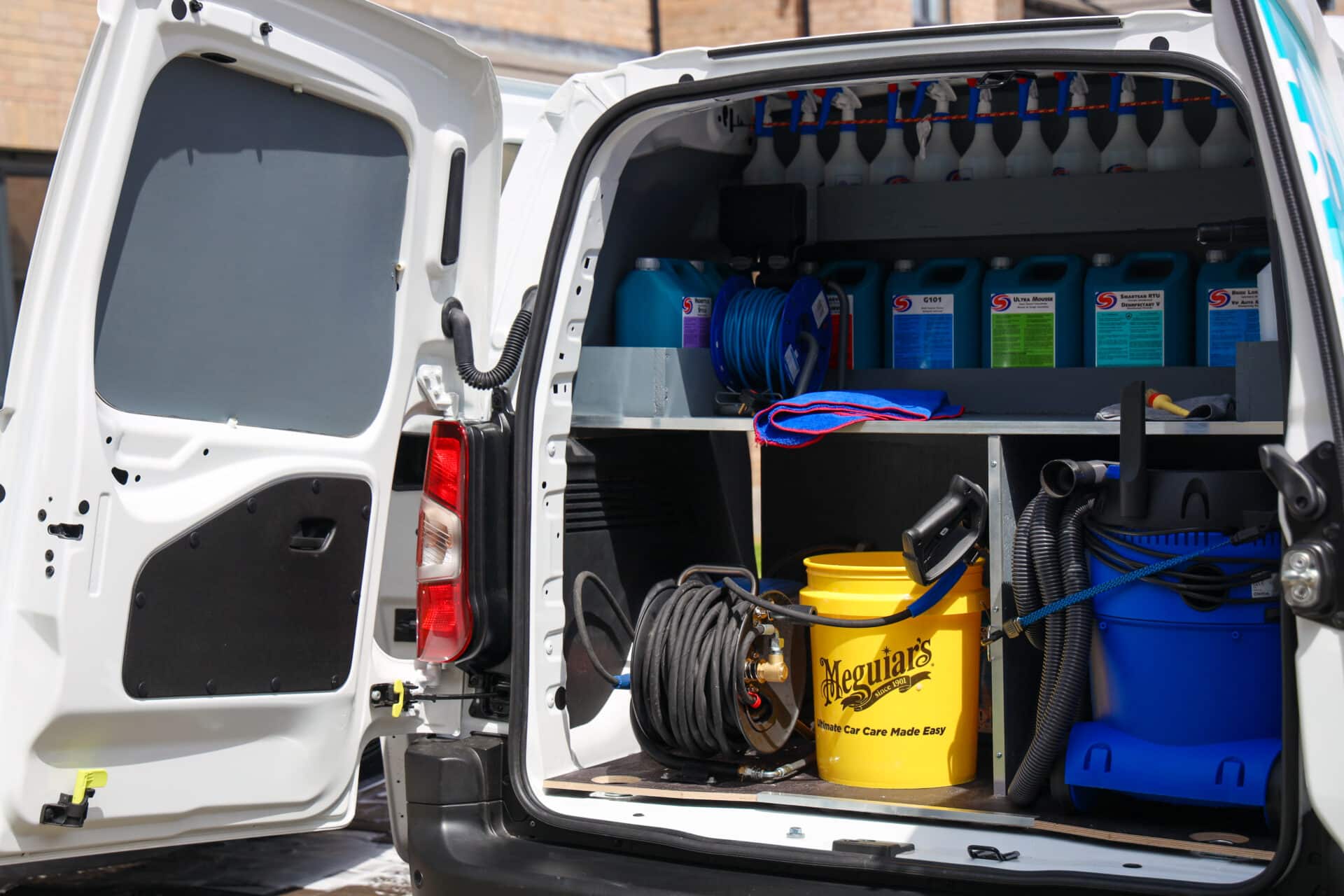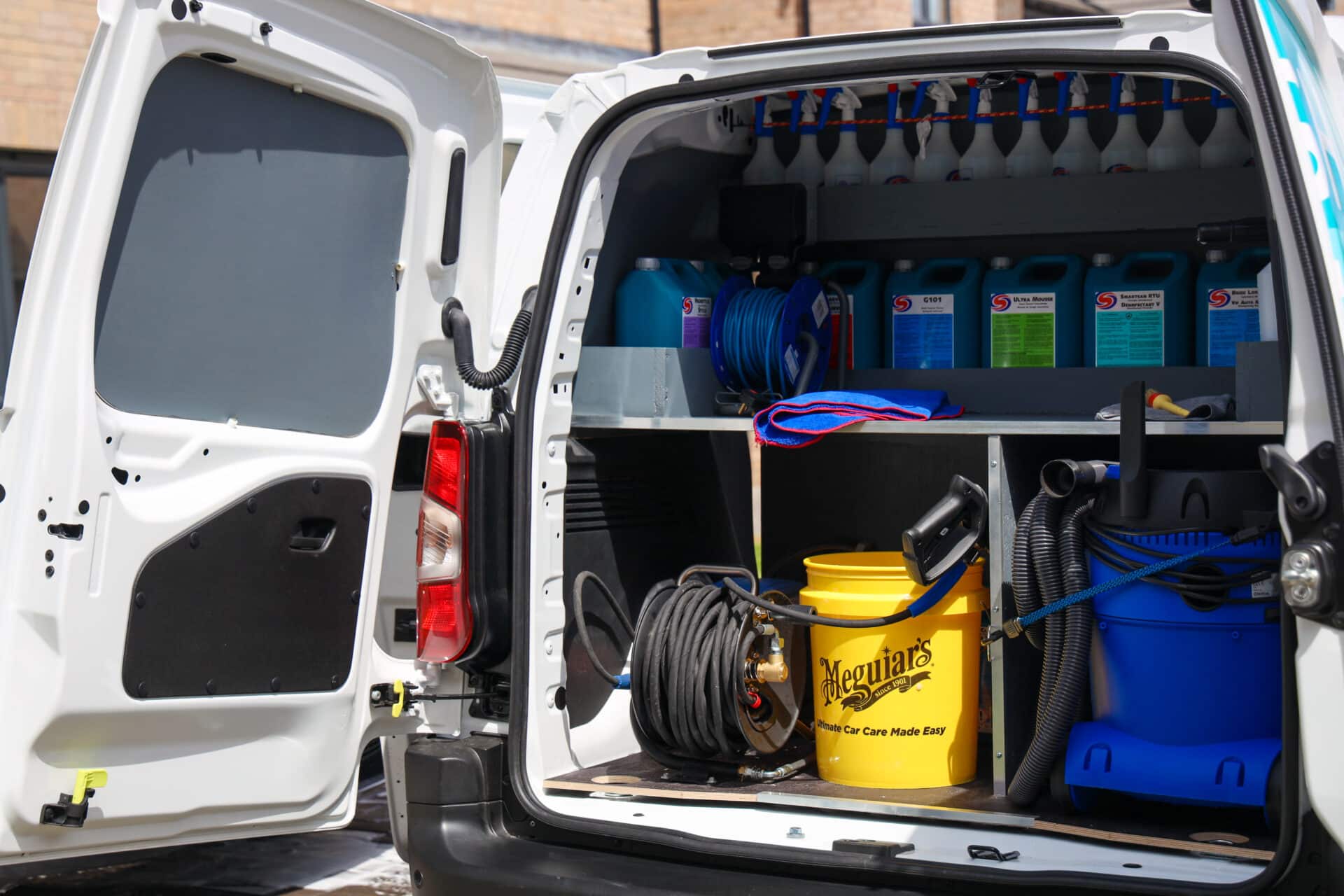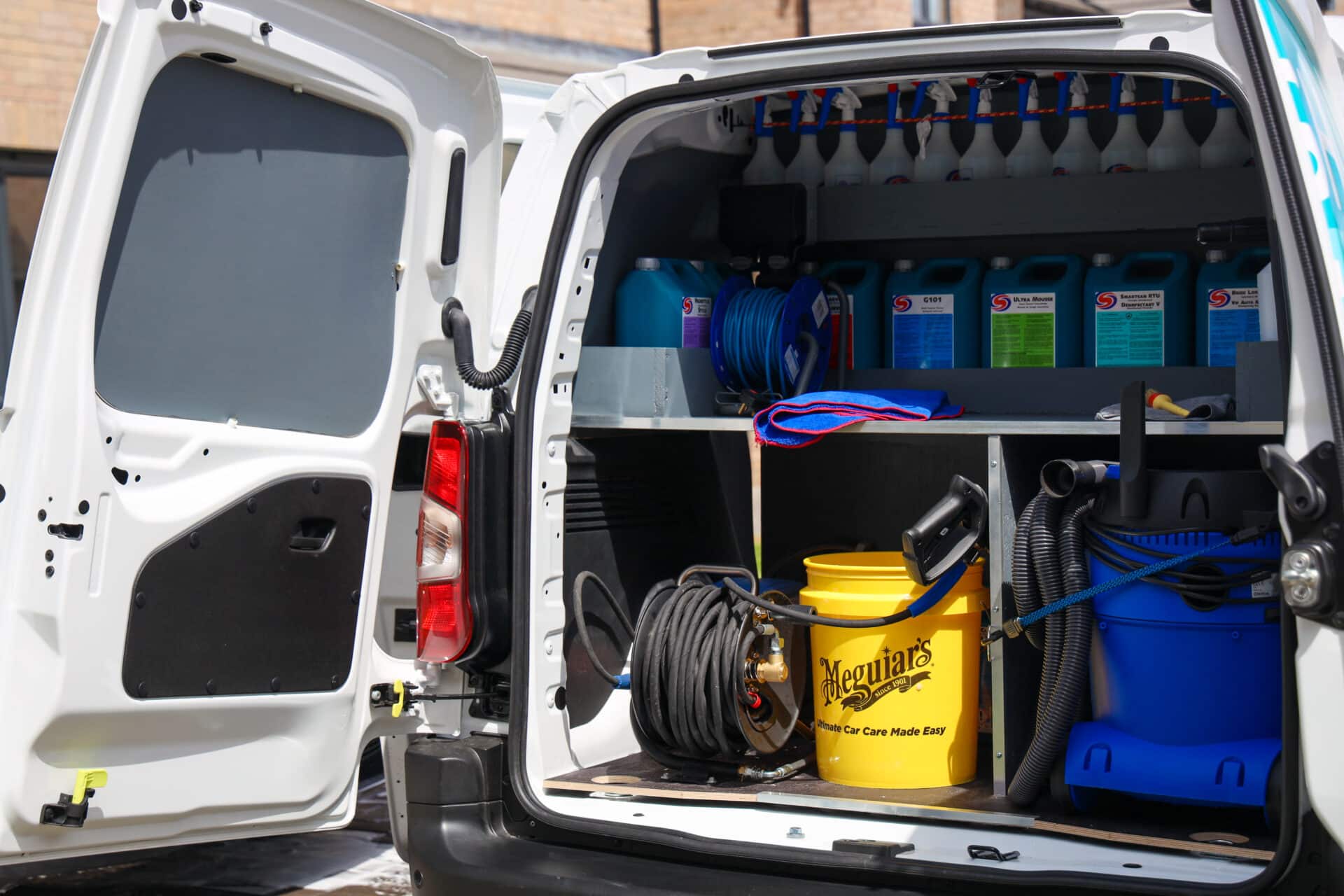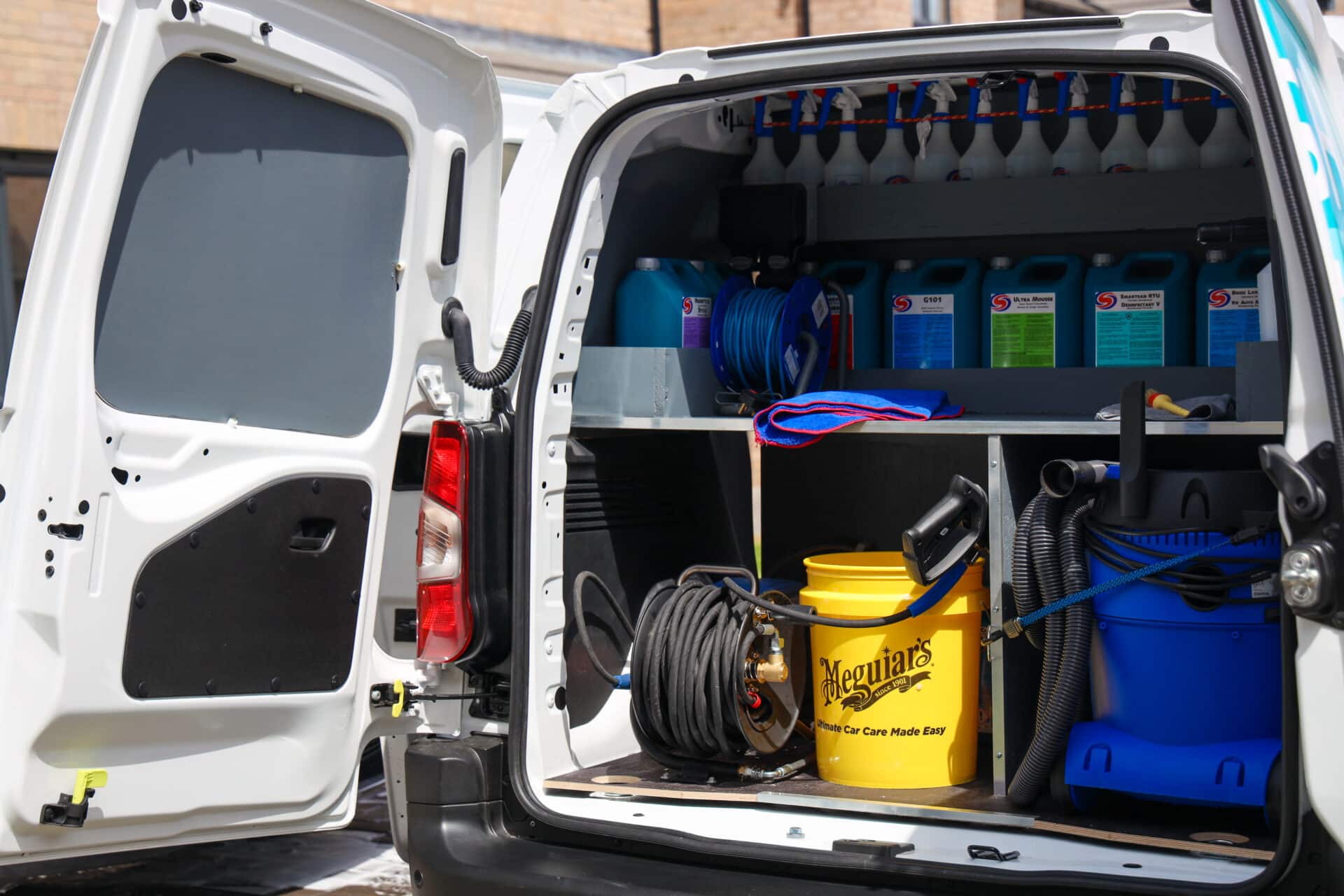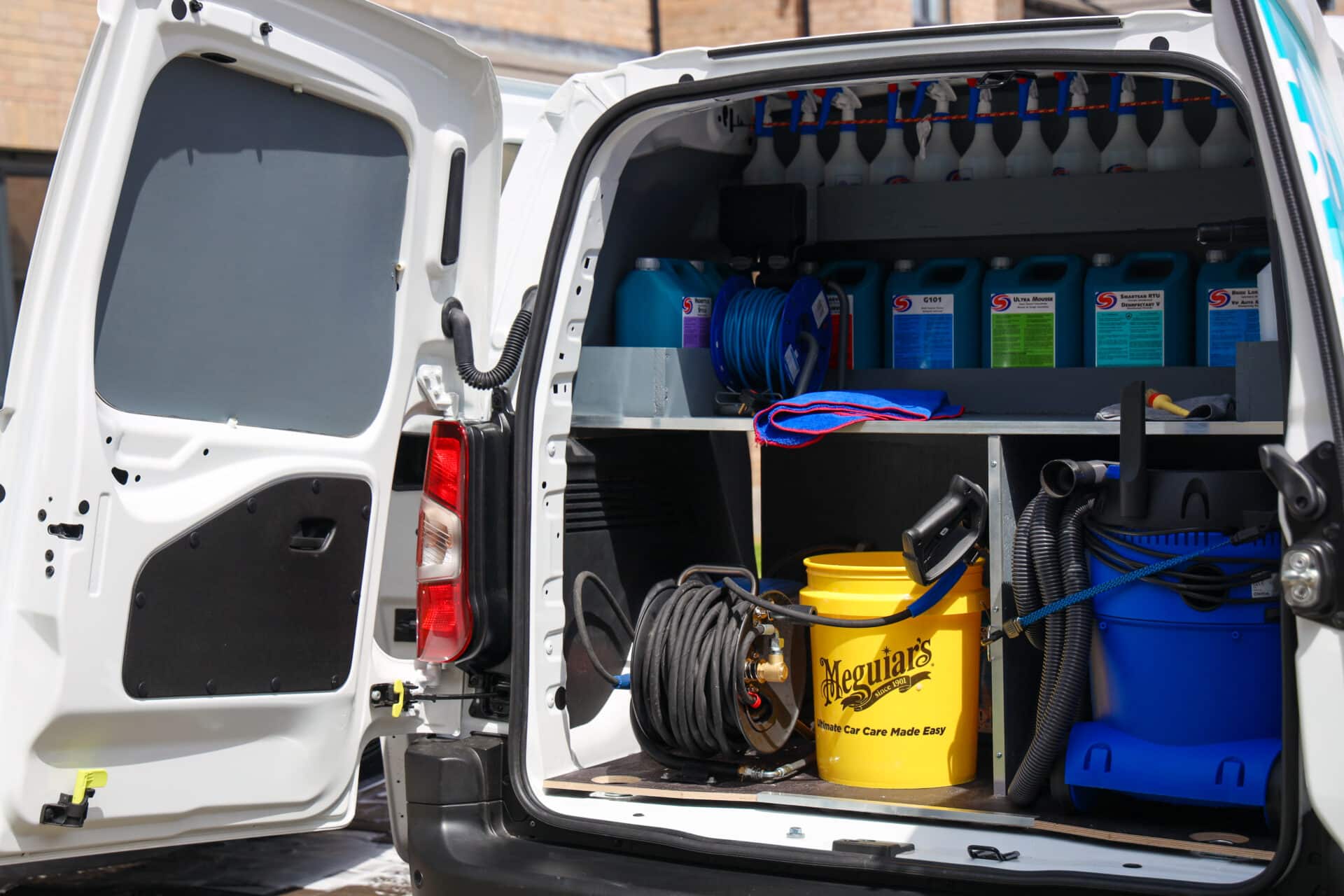Car valeting services have become increasingly popular across the UK, with mobile car valet businesses offering convenient on…
Car Park Valet Insurance: Essential Coverage for Premium Parking Services
Introduction
Car park valet services have become increasingly popular in the UK, offering customers convenience and premium service at shopping centres, hotels, restaurants, airports, and entertainment venues. However, operating a valet parking service comes with significant risks and liabilities that require specialized insurance coverage. Car park valet insurance provides essential protection for businesses offering these premium parking services, covering everything from vehicle damage to theft and liability claims.
What is Car Park Valet Insurance?
Car park valet insurance is a specialized form of commercial insurance designed specifically for businesses that provide valet parking services. This comprehensive coverage protects valet service operators against the unique risks associated with handling, parking, and retrieving customers' vehicles. The insurance typically combines several types of coverage including public liability, professional indemnity, motor insurance, and property protection.
Key Coverage Areas
Vehicle Damage Protection
One of the primary concerns for valet services is damage to customers' vehicles while in their care. This coverage protects against accidental damage that may occur during parking, retrieval, or while vehicles are stored in the car park. This includes scratches, dents, collision damage, and mechanical issues that may arise during vehicle handling.
Theft and Security Coverage
Valet services are responsible for the security of customers' vehicles and their contents. This coverage protects against theft of vehicles, theft from vehicles, and vandalism while cars are under the valet service's care. It also covers situations where keys are lost or stolen, requiring vehicle recovery or lock replacement.
Public Liability Insurance
This essential coverage protects against claims from third parties who may be injured or whose property is damaged as a result of the valet service operations. This includes injuries to customers during vehicle handover, damage to other vehicles, or accidents involving pedestrians in the car park area.
Employers Liability Insurance
For valet services employing staff, employers liability insurance is legally required. This coverage protects against claims from employees who may be injured while performing their duties, including injuries from vehicle accidents, slips and falls, or other workplace incidents.
Professional Indemnity Coverage
This protects against claims arising from alleged negligence, errors, or omissions in the provision of valet services. This could include situations where a vehicle is parked inappropriately, causing damage to other vehicles, or where professional advice regarding vehicle care proves to be incorrect.
Key and Custody Coverage
Specialized coverage for the unique risks associated with holding customers' vehicle keys and maintaining custody of their vehicles. This includes protection against claims arising from lost keys, unauthorized use of vehicles, or breaches of security protocols.
Industry-Specific Risks
High-Value Vehicle Exposure
Valet services often handle luxury and high-value vehicles, increasing the potential cost of claims. Insurance must provide adequate coverage limits to protect against the full replacement value of expensive vehicles, including classic cars, supercars, and luxury vehicles.
Multiple Driver Risks
Valet services typically employ multiple drivers with varying levels of experience and driving records. Each driver represents a potential risk, and insurance must account for the collective risk profile of all employees who will be handling customer vehicles.
Peak Period Pressures
During busy periods, valet staff may be under pressure to park and retrieve vehicles quickly, potentially increasing the risk of accidents or damage. Insurance should account for these operational pressures and provide adequate coverage during high-demand periods.
Weather-Related Risks
Outdoor valet operations are exposed to weather-related risks including flooding, hail damage, and storm damage to parked vehicles. Coverage should extend to weather-related incidents that may affect customer vehicles while under the valet service's care.
Technology and Equipment Risks
Modern valet services often use technology such as key tracking systems, vehicle location apps, and automated parking systems. Insurance should cover technology failures that may result in vehicle loss or damage.
Benefits of Comprehensive Coverage
Financial Protection
Comprehensive valet insurance protects against potentially catastrophic financial losses from vehicle damage, theft, or liability claims. Without proper coverage, a single incident involving a high-value vehicle could result in business closure.
Customer Confidence
Having comprehensive insurance coverage demonstrates professionalism and reliability to customers, encouraging them to use valet services with confidence. Many customers specifically ask about insurance coverage before entrusting their vehicles to valet services.
Regulatory Compliance
Proper insurance coverage ensures compliance with legal requirements and industry regulations. Many venues require proof of adequate insurance before allowing valet services to operate on their premises.
Business Continuity
Insurance coverage helps ensure business continuity by providing financial protection against claims and incidents that could otherwise disrupt operations or force business closure.
Competitive Advantage
Comprehensive insurance coverage can provide a competitive advantage when bidding for contracts with hotels, restaurants, shopping centres, and other venues that require valet services.
Choosing the Right Coverage
Assessing Coverage Limits
Valet services should carefully assess their coverage needs based on the types and values of vehicles they typically handle. Coverage limits should be sufficient to cover the replacement value of the most expensive vehicles in their care.
Understanding Exclusions
It's crucial to understand what is and isn't covered under the policy. Common exclusions may include mechanical breakdowns, pre-existing damage, or damage caused by customers themselves.
Driver Requirements
Insurance providers typically have specific requirements regarding driver qualifications, including minimum age, driving experience, and clean driving records. Understanding these requirements is essential for compliance and coverage validity.
Security Measures
Insurance providers may require specific security measures such as secure key storage, CCTV coverage, lighting requirements, and staff background checks. Implementing these measures can help reduce premiums and ensure coverage validity.
Claims History Impact
Previous claims history significantly impacts insurance premiums and coverage availability. Maintaining good claims records through effective risk management is crucial for long-term affordability.
Risk Management Best Practices
Staff Training and Certification
Comprehensive training programs for all valet staff should cover safe driving practices, vehicle handling procedures, customer service protocols, and emergency procedures. Regular refresher training helps maintain high standards and reduce risks.
Vehicle Inspection Procedures
Implementing thorough vehicle inspection procedures before and after service helps identify pre-existing damage and ensures any new damage is properly documented and reported.
Secure Key Management
Establishing secure key management procedures including locked key storage, key tracking systems, and restricted access protocols helps prevent theft and unauthorized vehicle use.
Documentation and Record Keeping
Maintaining detailed records of all vehicle handovers, inspections, and incidents provides essential documentation for insurance claims and helps identify areas for operational improvement.
Regular Equipment Maintenance
Ensuring all equipment used in valet operations is properly maintained and regularly inspected helps prevent accidents and equipment-related incidents.
Cost Factors and Considerations
Business Size and Volume
Insurance premiums are typically based on the number of vehicles handled, the size of the operation, and annual revenue. Larger operations generally face higher premiums but may benefit from economies of scale.
Location and Operating Environment
The location of valet operations affects risk levels and insurance costs. Urban locations with heavy traffic, crime concerns, or challenging parking conditions may result in higher premiums.
Coverage Limits and Deductibles
Higher coverage limits and lower deductibles generally result in higher premiums, but provide better financial protection. Balancing coverage needs with budget constraints is essential for sustainable operations.
Claims History and Risk Profile
Previous claims history and overall risk profile significantly impact insurance costs. Businesses with good safety records and effective risk management practices typically enjoy lower premiums.
Seasonal Variations
Some valet services experience seasonal variations in business volume, which may affect insurance costs. Policies should be structured to accommodate these variations while maintaining adequate coverage year-round.
Industry Trends and Future Considerations
Technology Integration
The increasing use of technology in valet services, including mobile apps, GPS tracking, and automated systems, is changing risk profiles and insurance requirements. Coverage should evolve to address technology-related risks and opportunities.
Electric and Hybrid Vehicles
The growing popularity of electric and hybrid vehicles presents new challenges for valet services, including specialized handling requirements and charging infrastructure needs. Insurance coverage should account for these evolving vehicle technologies.
Contactless Services
The trend toward contactless services, accelerated by health concerns, is changing how valet services operate. Insurance coverage should address new operational models and associated risks.
Environmental Considerations
Increasing focus on environmental responsibility may affect valet service operations and insurance requirements, particularly regarding electric vehicle charging and sustainable business practices.
Regulatory Changes
Evolving regulations regarding data protection, employment practices, and vehicle safety standards may impact insurance requirements and coverage needs for valet services.
Conclusion
Car park valet insurance is essential protection for businesses operating in this specialized sector. The unique risks associated with handling customers' vehicles require comprehensive coverage that addresses vehicle damage, theft, liability, and professional indemnity concerns. By understanding the specific risks and coverage options available, valet service operators can protect their businesses while providing customers with confidence in their services.
Effective risk management, combined with appropriate insurance coverage, helps ensure the long-term success and sustainability of valet parking operations. As the industry continues to evolve with new technologies and changing customer expectations, insurance coverage must adapt to address emerging risks and opportunities.
For valet service operators, working with insurance specialists who understand the unique challenges of the industry is crucial for obtaining appropriate coverage at competitive rates. Regular review and updating of coverage ensures that protection remains adequate as businesses grow and evolve.


 0330 127 2333
0330 127 2333
